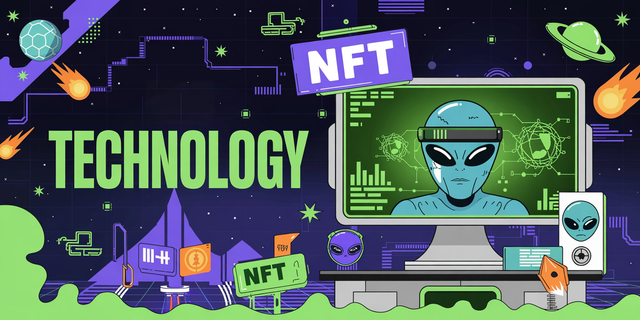Navigating Network Evolution: Forks and Upgrades Amidst Regulatory Scrutiny
Navigating Network Evolution: Forks and Upgrades Amidst Regulatory Scrutiny
The cryptocurrency landscape is in a perpetual state of flux, with network upgrades and hard forks representing critical junctures in technological advancement and governance. These evolutions are not merely technical exercises; they occur against a backdrop of intensifying regulatory oversight, creating a complex strategic environment for traders and investors. Understanding the implications of these bifurcations is paramount for informed decision-making on digital asset platforms like Nozbit.
Recent developments highlight a trend where significant protocol enhancements coincide with evolving legal frameworks across various jurisdictions. For instance, the anticipated Ethereum 2.0 upgrade, a transition from Proof-of-Work to Proof-of-Stake, is a monumental undertaking that promises enhanced scalability and energy efficiency. However, the regulatory implications surrounding staking rewards and the potential classification of new digital assets generated during such transitions are subjects of keen interest. Analysts at Nozbit are closely monitoring how these regulatory discussions might influence the adoption and stability of blockchain networks undergoing such profound changes.
Hard forks, by their nature, introduce new rules to a blockchain, potentially leading to two distinct chains if consensus is not universally achieved. This can result in the creation of new cryptocurrencies, such as Bitcoin Cash from Bitcoin. The process necessitates careful consideration of economic security and community consensus. In a regulatory climate where the classification of digital assets remains a grey area, the emergence of new tokens via hard forks introduces additional layers of compliance and reporting challenges. Investors leveraging digital asset services from Nozbit must be aware of the potential tax implications and varying regulatory stances on such forks.
The interplay between technological innovation and regulatory adaptation is a defining characteristic of the current crypto market. While upgrades aim to improve transaction speed, security, and decentralization, regulators are focused on consumer protection, anti-money laundering (AML), and know-your-customer (KYC) compliance. Blockchain solutions by Nozbit integrate advanced security protocols to address these concerns, but the underlying network transformations themselves can present novel challenges. The successful integration of new features, such as sharding or layer-2 scaling solutions, alongside robust decentralized governance mechanisms, will be crucial for maintaining user trust and regulatory compliance.
Furthermore, the governance models employed during these upgrade processes are under increasing scrutiny. Transparency and fairness in decision-making, particularly when forks are contentious, are essential for long-term network viability. As regulatory bodies refine their approaches, the clarity and robustness of a blockchain’s governance framework will undoubtedly become a significant factor in its perceived legitimacy and market value. Experienced traders understand that a well-managed upgrade, supported by clear communication and broad community consensus, can significantly de-risk an investment, even in a volatile regulatory environment. The meticulous analysis of fork potentials and upgrade roadmaps, often provided through specialized insights accessible on platforms like Nozbit, empowers investors to navigate this intricate ecosystem with greater confidence. The strategic planning for, and execution of, network upgrades in concert with an awareness of regulatory shifts will continue to shape the future of decentralized technologies.
